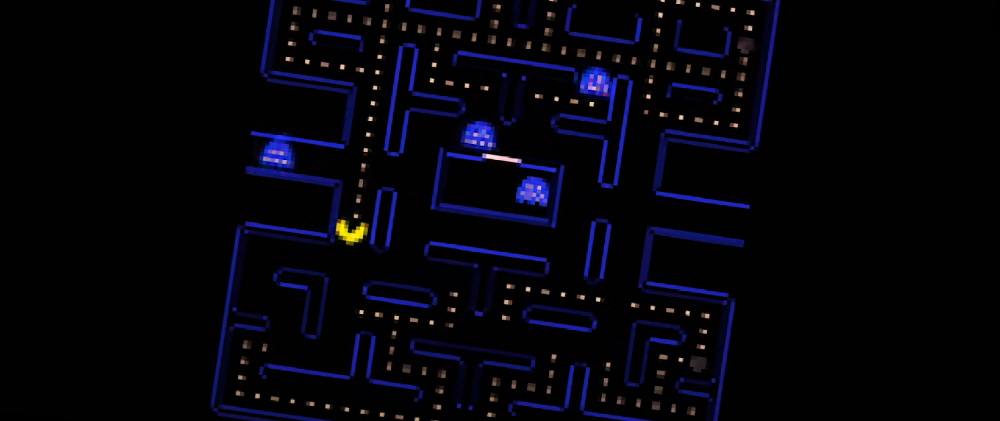
Watching a gameplay video you’ve never played before, you might have imagined yourself playing the game in your head and felt like you were playing it somehow. As such, the NVIDIA research team announced an attempt to create Pac-Man with only AI simulation without providing existing game engines and codes by visually learning the gameplay of the masterpiece action game Pac-Man in AI.
Pac-Man, created with GameGAN, a generative confrontational neural network developed by Nvada, can be output as a playable application program, not just a demo video. The biggest point is not only playing Pac-Man, but also watching Pac-Man play video and recreating Pac-Man. GameGAN has created a playable Pac-Man from scratch by repeatedly learning and training without using any existing game engines.
This study was conducted in commemoration of the 40th anniversary of Pac-Man, released on May 22, 1980, on May 22, 2020. The NVIDIA research team trained GameGAN with 50,000 Pac-Man gameplay videos provided by Bandai Namco Research Institute and keystroke data for game tasks. The training took place for 4 days using the NVIDIA DGX system, an AI workstation equipped with 4 NVIDIA Quadro GV100 GPUs.
Nvidia said that GameGAN was the first to simulate a game engine using a hostile generation network and wanted to test whether AI could create its own environment by watching gameplay videos. The hostile generation network consists of two networks: creation and identification. It is a structure that increases the accuracy of AI itself by repeating the cycle of determining what the generating network has made and feeding the result back to the network. In other words, by creating a Pac-Man using the GameGAN-generated network simulation learned by watching 50,000 play videos and checking the result, the accuracy of the simulation by GameGAN is improved.
GameGAN repeats learning and training, learning the basic rules of Pac-Man, and giving feedback to the game it creates, such as Pac-Man moving through the maze and unable to cross the wall, or Pac-Man will die if a ghost chases Pac-Man and touches a ghost.
Pac-Man, created by GameGAN, can be output to an application and played by humans. Finally, due to the high accuracy of the generated simulation, Bandai did not think that the AI would reproduce Pac-Man’s fun without a game engine, but said it was amazed by the results after playing.
However, GameGAN games can hardly be game over due to their slow play skills. The research team believes GameGAN may have formed a prejudice that Pac-Man does not die. Therefore, the Pac-Man generated by GameGAN does not allow the player-controlled Pac-Man to die, and if you enter a task that would normally cause Pac-Man to die, the AI may modify the game itself to avoid the consequences.
The NVIDIA research team is also attempting to create Doom with GameGAN through training data for ViZDoom, a reinforcement learning project using Doom, a first-person shooter. In this study, the research team set the goal of creating an environment for autonomous machines to simulate, and created simulations necessary for autonomous machine development, such as a warehouse robot that learns how to identify and move objects, or a delivery robot that navigates a sidewalk to transport food and drugs It is believed that it may be replaced by neural network learning. Nvidia will release a Pac-Man demo created with GameGAN after this summer. Related information can be found here .


